Getting Started: Outdoor Learning Kit
Schools often ask us what we'd recommend if you're getting started with Outdoor Learning or if you've been given some money to refresh your kit. Here's our guide to what's in our kit stores
Trolleys (£40 – £70)
Much of what you’ll see below can be found for free or bought second hand very cheaply, these are the single most expensive items that we use but worth every penny! Our trolleys save us many trips to and from the car, help us to safely carry heavy items over uneven ground and serve as a focal point, off the damp of the ground for storing your kit.
We prefer trolleys with solid tyres so you aren’t having to drag a trolley with a puncture through the woods. Also make sure that you choose one which folds down easily for lifting in and out of the back of your car if you’re a freelance practitioner.
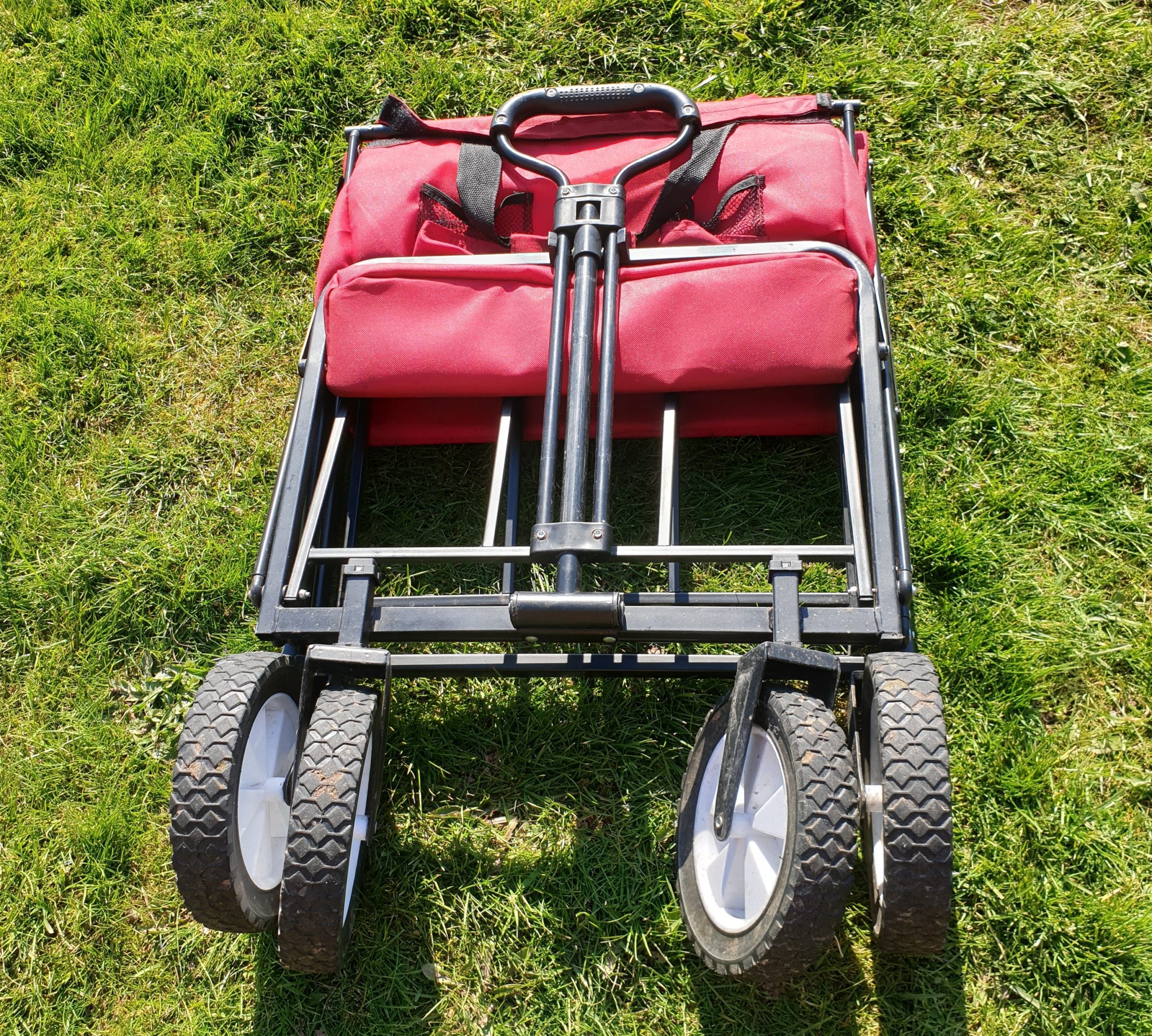
Emergency Bag (£10 – £40)
Our emergency bags are red like our trolleys so that they can be easily seen if you’re sending someone to fetch things in an emergency. Completely waterproof, these bags are ideal for storing your first aid kit, medical forms, spare clothing and other equipment which you may need to access easily during your outdoor learning.
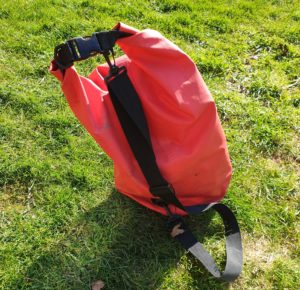
Ropes (Free – £70)
Ropes are a very popular addition to our activities and are so versatile in their uses. Laid flat on the ground they can show the path of an imaginary journey or the gradient of a hill, hung from a tree they support our shelters. As a play resource they can be wrapped around things, form barriers on the ground or be used to display items.
We have a variety of ropes which we can choose from according to the purpose of the session. Washing lines can be very useful for a shape challenge or to show a path, blue nylon rope is cheap and readily available from a variety of sources. Dynamic rope is invaluable if you’re wanting the rope to support more weight or you’re wanting to teach different knots.
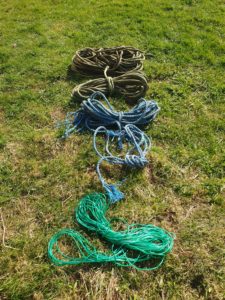
Tarpaulins, sheets and nets (Free – £60)
There will be days on your Outdoor Learning journey when only a big, group tarpaulin will do but thankfully those days are fairly few and far between. If you don’t have the budget for a group shelter initially or if you don’t have a suitable way to hang it, don’t worry. If its raining hard enough to need one it’ll probably also be reasonably cold and the last thing you want is the children sitting still for an extended period all under a tarpaulin together. Invest instead in good quality waterproofs for the children who don’t have them and get them out exploring as a way to keep warm.
In far more frequent use than our group tarpaulins are our play tarpaulins and nets. Cheap, easy to source and surprisingly hard wearing, a few tarpaulins, camouflage nets or even cotton sheets can provide endless opportunities for learning and play. Sheets and tarpaulins are invaluable as a base for sorting leaves in ID activities or creating woodland pictures.
In play sessions they are used for the children building their own shelters when a big group shelter would be unwieldy but also as streams, forests and lakes as their open ended nature ignites children’s imagination
Horticulture (£1.50 – £15)
We support lots of schools in bringing their Outdoor Learning sites into use, a task that often needs gloves as we clear paths through brambles, ivy and any litter that has been left on the site from previous use. To make activities accessible, we have gloves to fit age 2 upwards so that little hands are fully protected and their fine motor skills aren’t affected by having to use gloves that are much too big.
Also in this box, we have a selection of hand tools for digging, biodegradable pots for planting seeds and a moisture and pH meter for when we’re bringing a bit more challenge into a session.
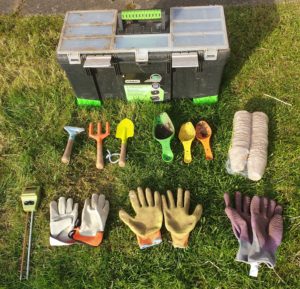
Tuff trays (£15 – £20)
None of our Education Officers work from permanent sites, instead we each work across our own regions with a number of sites, as well as visiting schools.
Tuff trays are a wonderfully flexible resource that fortunately are just small enough to fit in the back of a car! Ours are used as base for activities when wind would blow a tarpaulin away, as part of a mud kitchen or as a mobile pond when we’re looking at the properties and experimenting with which materials float.
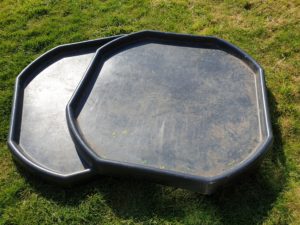
Cuddly Toys (Free – £3)
Maybe not what you were expecting to see on this list but our cuddly toys are one of our most frequently used bits of kit.
They are almost all either donated or from a charity shop, our most expensive buy was a squirrel hand puppet for £2.99!
Why use them? Laminated pictures would be an alternative way of talking to the children about the animals that they can see signs of in the woodland but you can’t cuddle or play with a laminated sign in the same way. Laminated card also doesn’t last long when in heavy use in wet weather, many of these toys are years old and lasting remarkably well given how much of the year they spend wet and muddy.
Even when not doing an animal themed session, these animals are great as a resource for a warm up game. Hide and seek is a lot of fun if you’re in a confined space but we’re often in hundreds of acres of woodlands and we want the children to return to us! Instead of letting them warm up with a game of hide and seek we will often hide toys within our boundary area for them to find and bring back. They get the same benefits of running and exploring but the aim is to come back, not to remain hidden!
As with all activities and equipment, make sure you have the necessary training to use specialist items safely and risk assess every activity.
 |
Becky is the RFS Learning and Outreach Manager, delivering outdoor learning for schools across Staffordshire and Derbyshire as well as Practitioner Training across the Midlands and North of England.
We deliver Outdoor Learning Training for Practitioners at Level 2 and Level 3 as part of the Cambium Network as well as bespoke packages for individual settings. |

